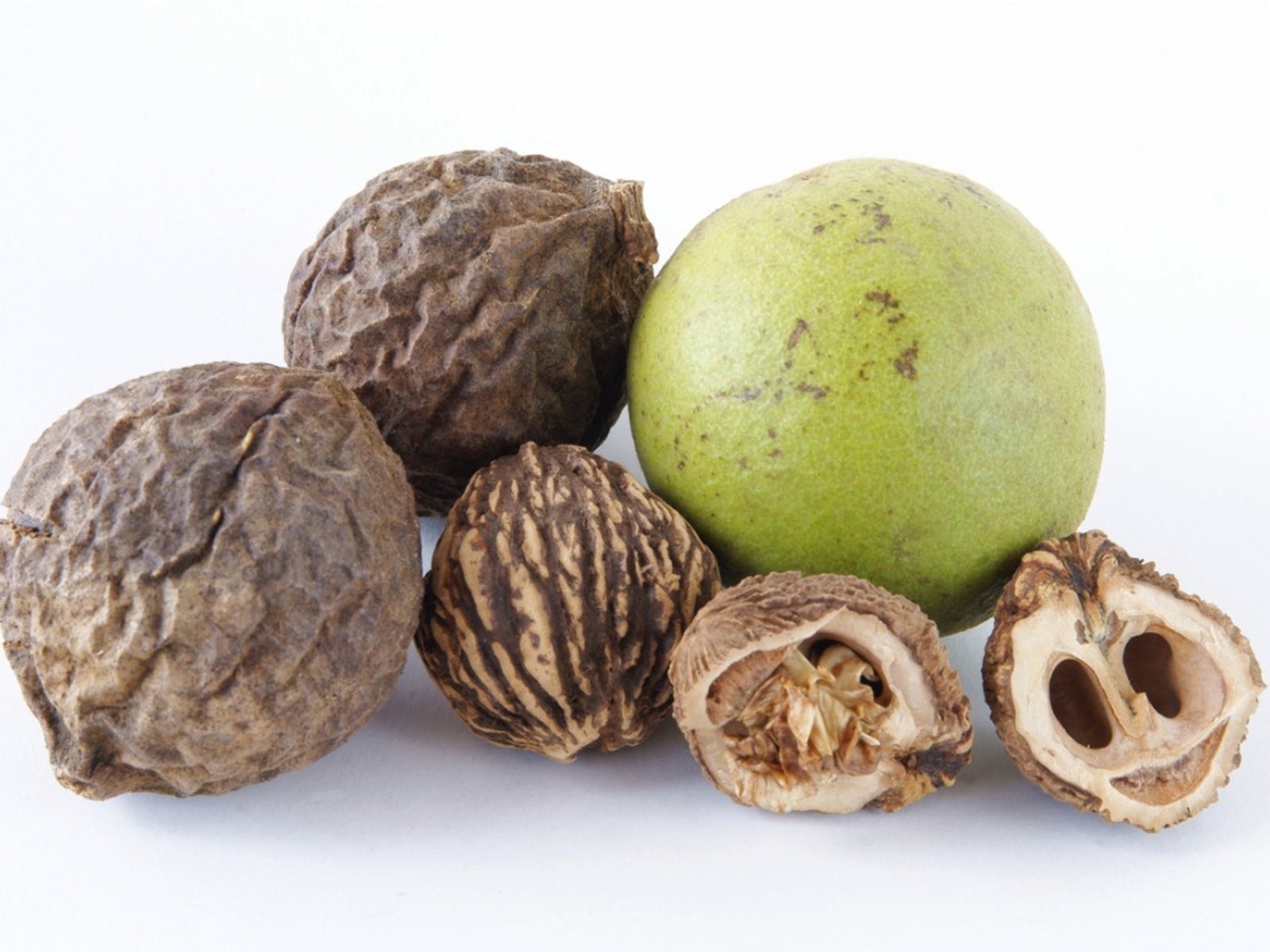
Nuts, generally speaking, are thought to be warm climate crops. Most commercially grown nuts such as almonds, cashews, macadamias, and pistachios are grown and are native to warmer climates. If you’re a nut for nuts and live in a colder region, though, there are some nut trees that grow in cold climates hardy to zone 3. What edible nut trees for zone 3 are available? Read on to find out about nut trees in zone 3.
Growing Nut Trees in Zone 3
There are three common zone 3 tree nuts: walnuts, hazelnuts, and pecans. There are two species of walnut that are cold-hardy nut trees and can both be grown in zones 3 or warmer. Given protection, they can even be attempted in zone 2, although the nuts may not fully ripen. The first species is the black walnut (Juglans nigra) and the other is butternut, or white walnut, (Juglans cinerea). Both nuts are delicious, but the butternut is a bit oilier than the black walnut. Both can get very tall, but black walnuts are the tallest and can grow to over 100 feet (30.5 m.) in height. Their height makes them difficult to pick, so most people allow the fruit to ripen on the tree and then drop to the ground. This can be a bit of a hassle if you don’t regularly gather the nuts. Nuts that are grown commercially are from the species Juglans regia – English or Persian walnut. The shells of this variety are thinner and easier to crack; however, they are grown in much warmer areas such as California. Hazelnuts, or filberts, are the same fruit (nut) from a common shrub of North America. There are many species of this shrub growing across the globe, but the most common here are the American filbert and the European filbert. If you want to grow filberts, hopefully, you aren’t type A. The shrubs grow at will, seemingly randomly hither and yon. Not the tidiest of looks. Also, the shrub is plagued by insects, mostly worms. There are also other zone 3 tree nuts that are more obscure but will succeed as nut trees that grow in cold climates. Chestnuts are cold-hardy nut trees that at one time were very common in the eastern half of the country until disease wiped them out. Acorns are also edible nut trees for zone 3. Although some people say they are delicious, they do contain toxic tannin, so you might want to leave these to the squirrels. If you want to plant an exotic nut in your zone 3 landscape, try a yellowhorn tree (Xanthoceras sorbifolium). A native of China, the tree has showy, white, tubular flowers with a yellow center that over time changes to red. Apparently, the nuts are edible when roasted. Buartnut is a cross between a butternut and heartnut. Borne off a medium sized tree, buartnut is hardy to -30 degrees F. (-34 C.).
Sign up for the Gardening Know How newsletter today and receive a free copy of our e-book "How to Grow Delicious Tomatoes".

Amy Grant has been gardening for 30 years and writing for 15. A professional chef and caterer, Amy's area of expertise is culinary gardening.
